Volcanoes of Guatemala
“Three tectonic plates meet in Guatemala and the result is a wild and crazy adventure park with high and beautiful mountains, crater lakes and hundreds of volcanoes to form the spine of the country.”
This is one of the best descriptions of Guatemala I have found was recently posted by Vanderbilt University archaeologist Arthur Demarest in “Five Things I Love About Guatemala:”
Volcanoes are intertwined in the country’s history. The Maya Kakchikel called Volcano Agua “Hunapu” or “Jun Ajpu” meaning “place of the flowers” until the 1541 mudslide destroyed the capital where the Conqueror Pedro de Alvarado’s widow, Governor Beatriz de la Cueva, died with her ladies in waiting and others. The descriptions by historian Fray Antonio de Remesal, O.P. include the notion that the volcano was ready to open up and swallow the new capital’s population. Why? Doña Beatriz was not accepting God’s will in Alvarado’s recent death in Mexico. While Remesal wrote after the devastating event (Madrid, 1620), he shows the mindset of the 17th century. So what to do against devastation by mud, lava and volcanic ash? Pray!
Santiago de Guatemala, now La Antigua Guatemala, had a procession and saint/virgin for everything. English-Dominican Friar Thomas Gage, while mostly attributed to exaggerating and promoting the Black Legend against the Spanish (known as tabloids today), in his “Travels in the New World” (London, 1648), refers to the “roaring of this monstrous beast” and how “the inhabitants expected nothing utter than ruin and destruction, and durst not abide within their houses for nine days…placing their idol saints and images, especially San Sebastian, whom they hoped would deliver them from judgement. For this purpose they daily carried him through the streets in solemn an idolatrous procession and adoration.”
Other colonial descriptions include Domingo Juarros y Montúfar’s “Compendio de la Historia de la Ciudad de Guatemala.” He lived while the capital of Santiago de Guatemala was moved to present-day Guatemala City, and refers to processions of the Cristo Crucificado and placing the Virgen of Nuestra Señora del Socorro on the altar for prayer at Santiago’s Cathedral, San Francisco and other churches.
Indeed, 1717 was a particularly bad year when the Volcano Fuego began to “vomit fire and rocks” requiring that the Holy Sacrament and many saints and virgins appear in processions around the capital with pleas for the turmoil to stop. In San Francisco Church, special prayers were held for 23 days with a special procession of Our Lady of the Poor (what appears to be a nickname). Volcanic disasters were, in part, due to the capital’s inhabitants’ sins.
Today, all 288 volcanoes – with four very active ones – are monitored by the Instituto Nacional de Sismología, Vulcanología, Meterología e Hidrología (INSIVUMEH) with additional reports posted on Facebook for everyone! We take technology for granted today.
The concept of continental drifts was developed during the beginning of the 20th century and the geoscientific community accepted the theory of tectonic plates in the late 1950s and early 1960s. Today we know that there are three tectonic plates in Guatemala: apparently a fairly new concept.
Always a topic of interest, I included a record of Volcano Fuego’s eruptions in my publication “Antigua Guatemala: the city and its heritage.”
Revue article: GUATEMALA INSIGHT
by Elizabeth Bell, author/historian. AntiguaTours.net
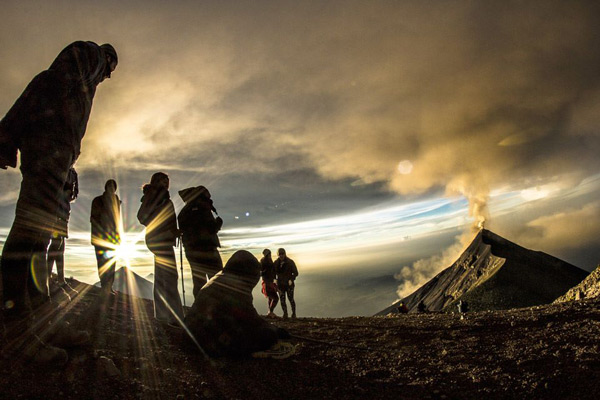
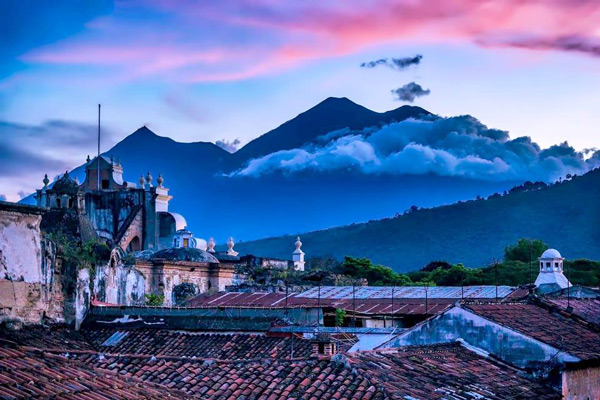
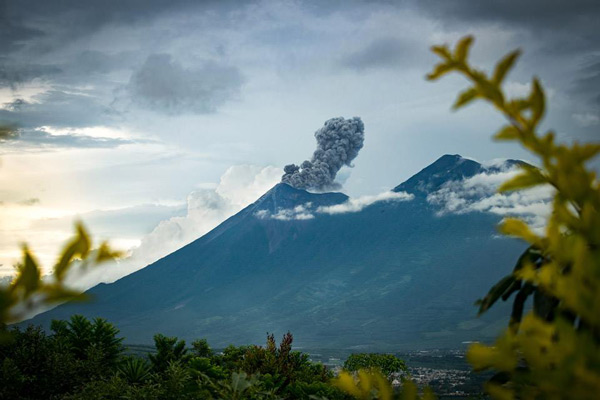
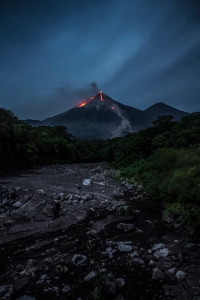
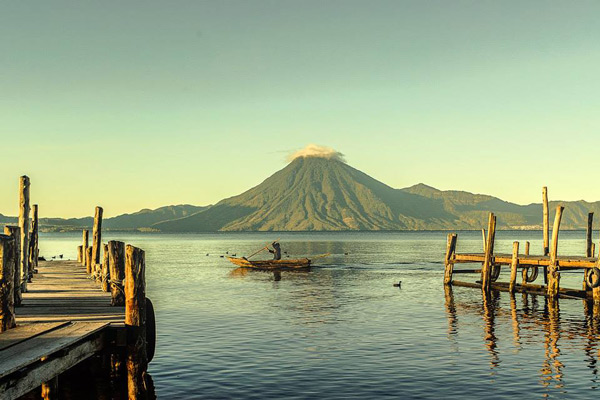

Stunning photos! Fascinated by volcanoes!
It’s truly a serene and magnificent view when you’re up close. I had the opportunity to visit Santiago, Guatemala recently and saw this majestic volcano right in front of me.
I love my country! love to watch the volcanoes every day! Blessed place to live in! Thank you for showing it so beautifully with those amazing photos <3
It is truly our pleasure — thank you for your kind words.
Excelente Artículo Licenciada.